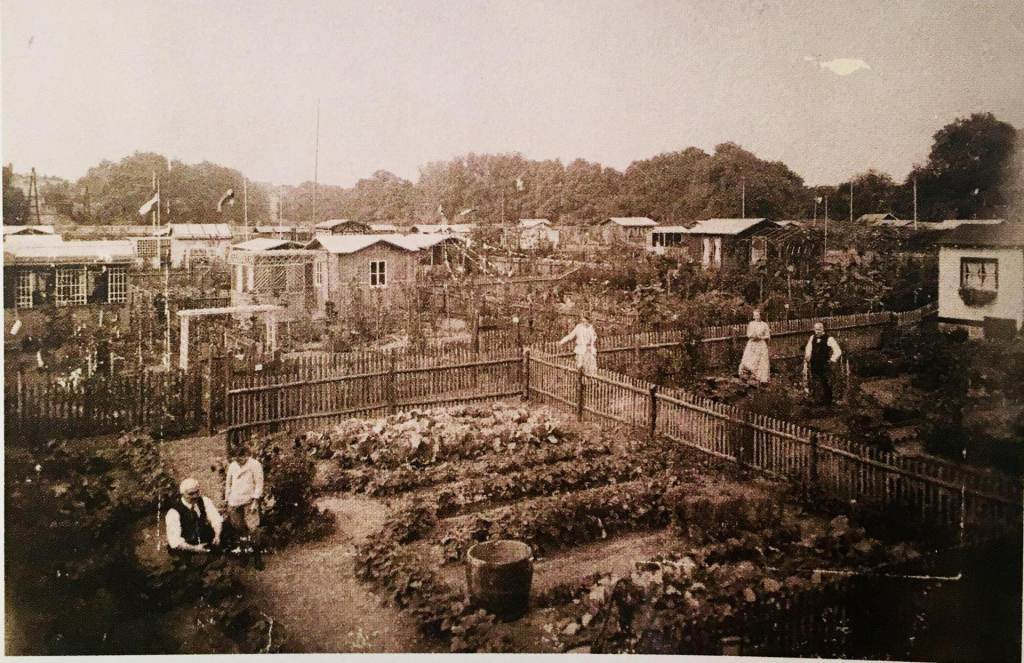Planując odwiedziny Muzeum Działek w Lipsku, oglądamy archiwalne zdjęcia i rysunki. Na zdjęciu po lewej widoczny jest ogród działkowy matka - "Kleingarten Dr. Schreber". Pierwszy typ ogrodów szreberowskich (od Moritza Schrebera - autora niesławnych metod wychowawczych, ale o tym innym razem), zakładanych w latach 60-tych XIX w. był pomyślany przede wszystkim jako miejsce do zabaw i rekreacji dla najmłodszych. "Dzieci są zależne od nieprzyjemnych i niebezpiecznych warunków panujących na wybrukowanych ulicach, zawilgoconych podwórkach i ciasnych ogródkach" - pisał inicjator Ernst Hauschild. W ogrodach szreberowskich dzieci, pod opieką rodziców mogły przy okazji zgłębić sztukę ogrodnictwa i sadownictwa. Z biegiem lat potrzeby mieszkańców industrialnych miast wzrosły, kryzysy ekonomiczne, wojny i międzywojnia zapanowały nad Europą i zmusiły dorosłych do przejęcia terenów. Tak w wielkim skrócie powstały działki, jakie znamy po dziś dzień. Na pewno ruch szreberowski przyczynił się do popularyzacji kolektywnego uprawiania ziemi, jednak warto pamiętać, że ogrodnictwo miejskie ma dłuższą tradycję.
(zdjęcia i ilustracje: Archiwum Muzeum Działek w Lipsku, Niemcy)
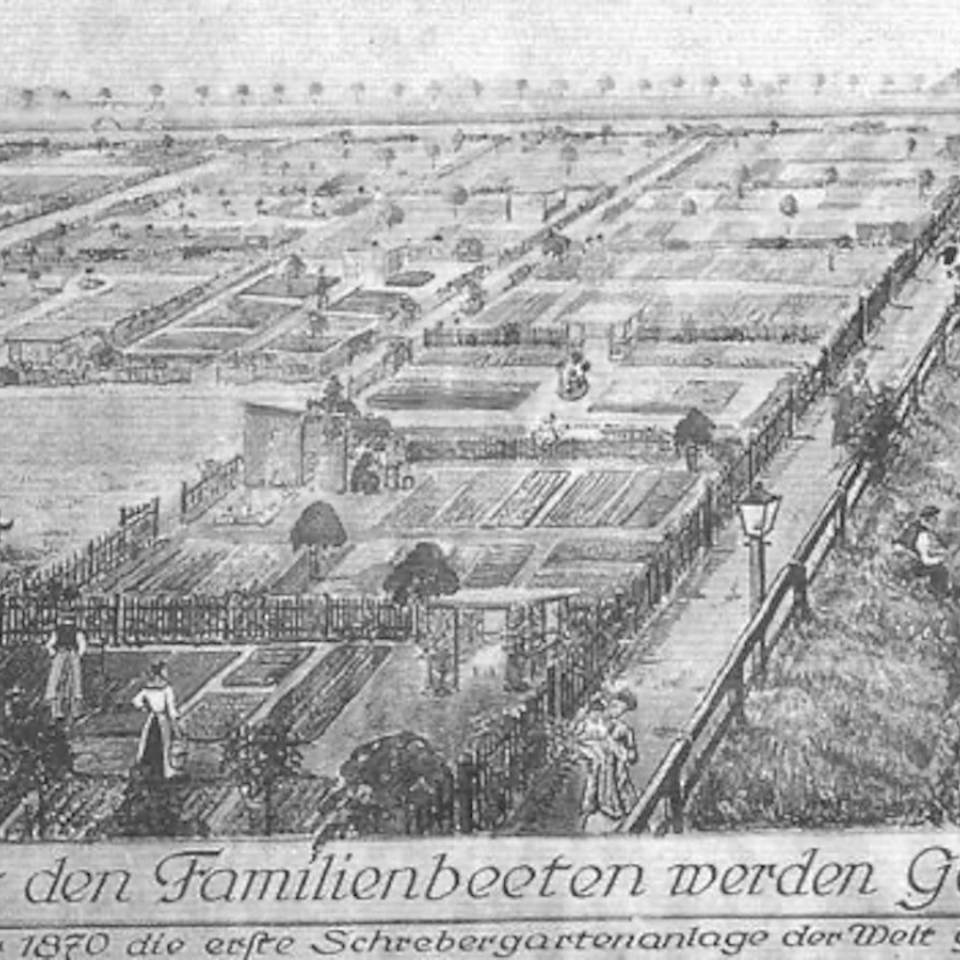
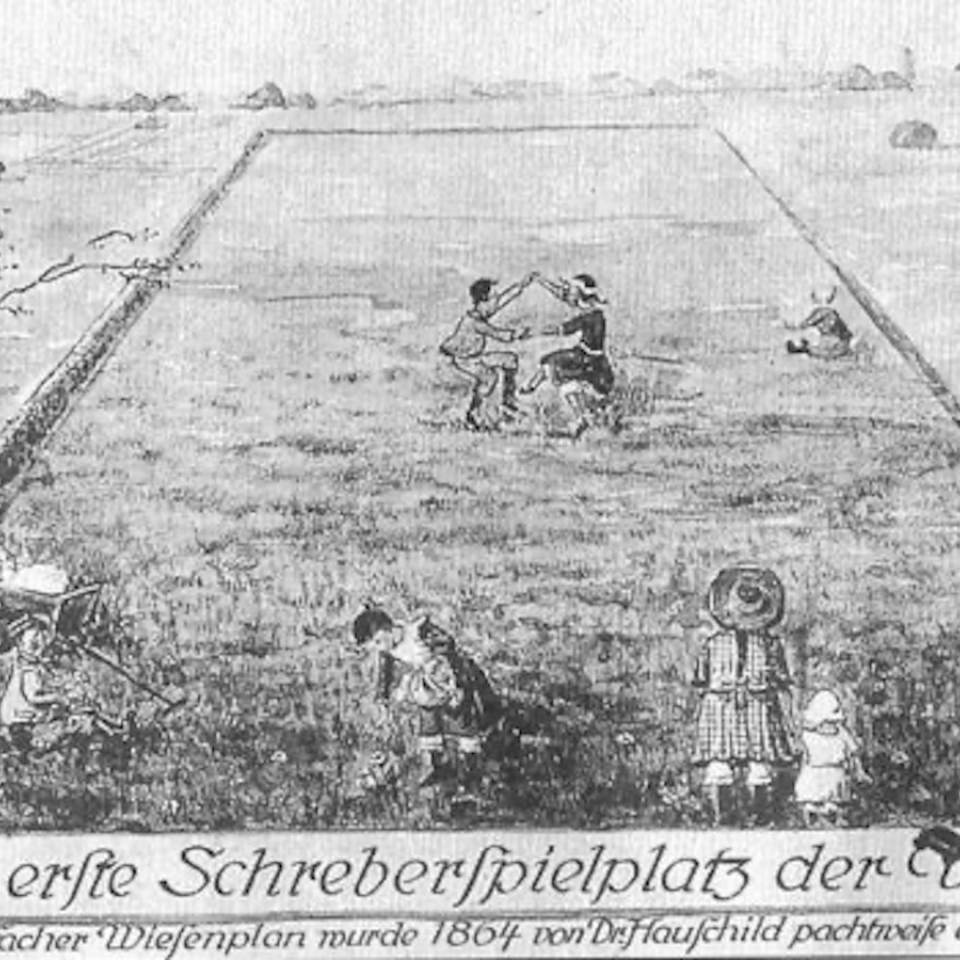
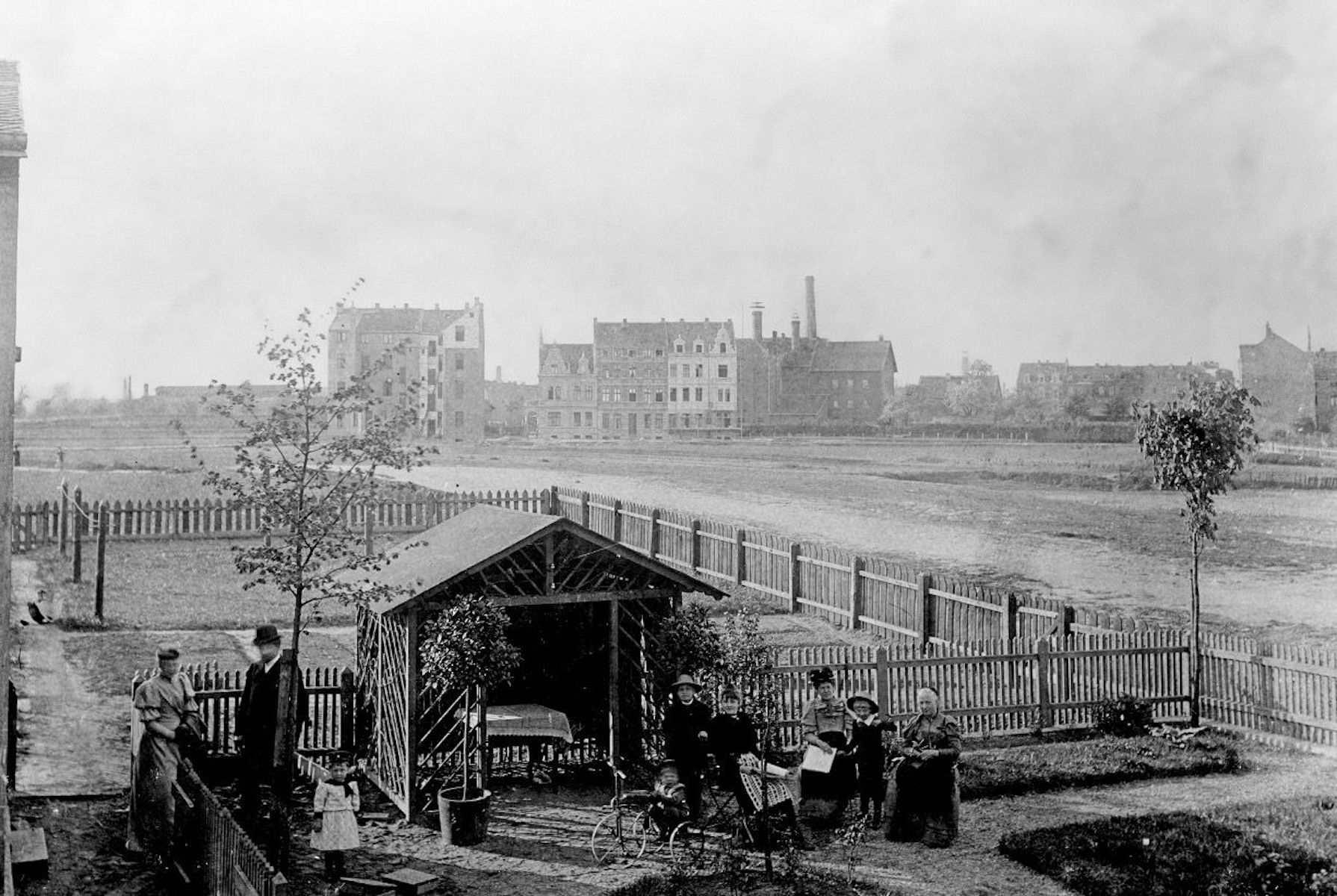
"Kleingarten Dr. Schreber" – the first type of Schrebergarten (from Moritz Schreber - one of the most eminent proponents of infamous black pedagogy / Schwarze Pädagogik, but that’s the story for another time) founded in the 1860s, was conceived primarily as a place for the play and recreation of children. "They dependent on the unpleasant and dangerous threat of cobblestone street, small damp courtyards, and tiny gardens for their games” - said the initiator Ernst Hauschild. In the Schrebergärten, children, under the supervision of their parents, had the possibility to explore the gardening and orchards within the city environment.
Over the years, the needs of the inhabitants of industrial cities have increased. Economic crises, wars and inter-wars have occurred Europe forcing adults to ‘take over’ the land and do serious gardening for the food production. In a nutshell, this is how allotment gardens that we know today were created. Certainly, the ‘Schreber movement’ contributed to the popularization of collective farming, but it is worth remembering that urban gardening has a longer tradition.
(photos and illustrations: Archive of Allotment Gardens Museum, Leipzig, Germany)
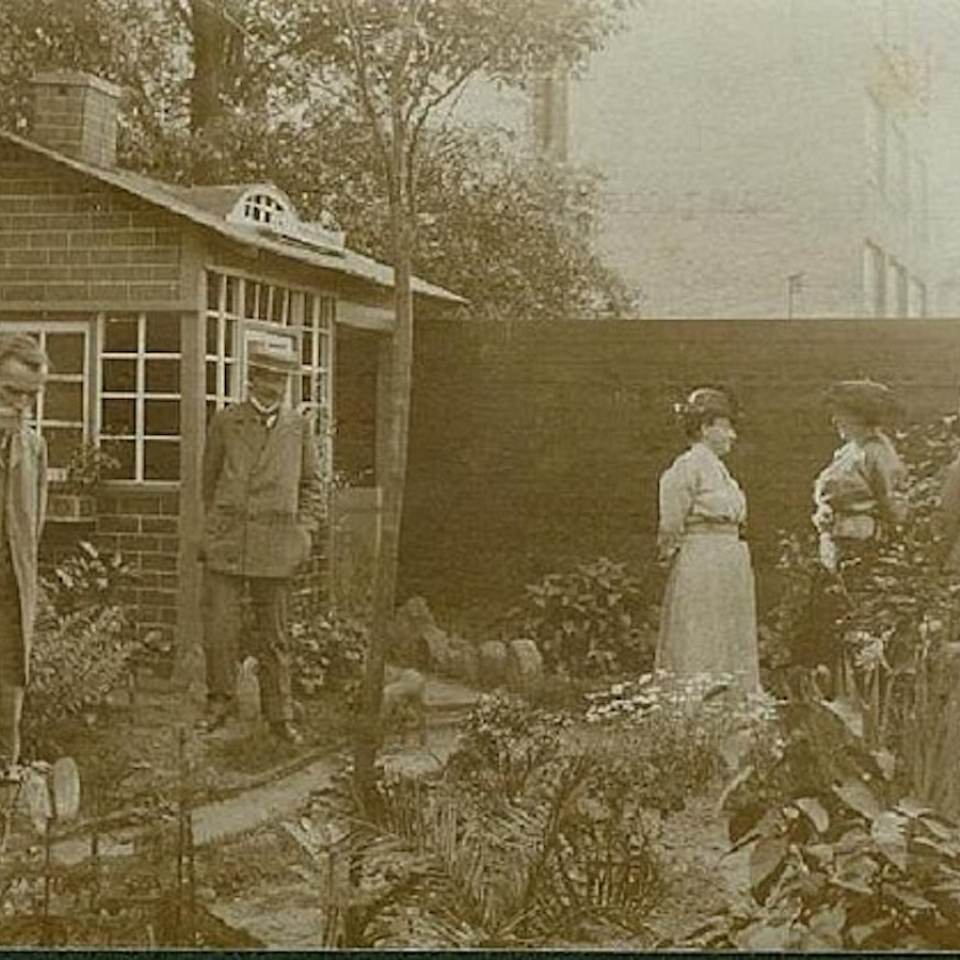
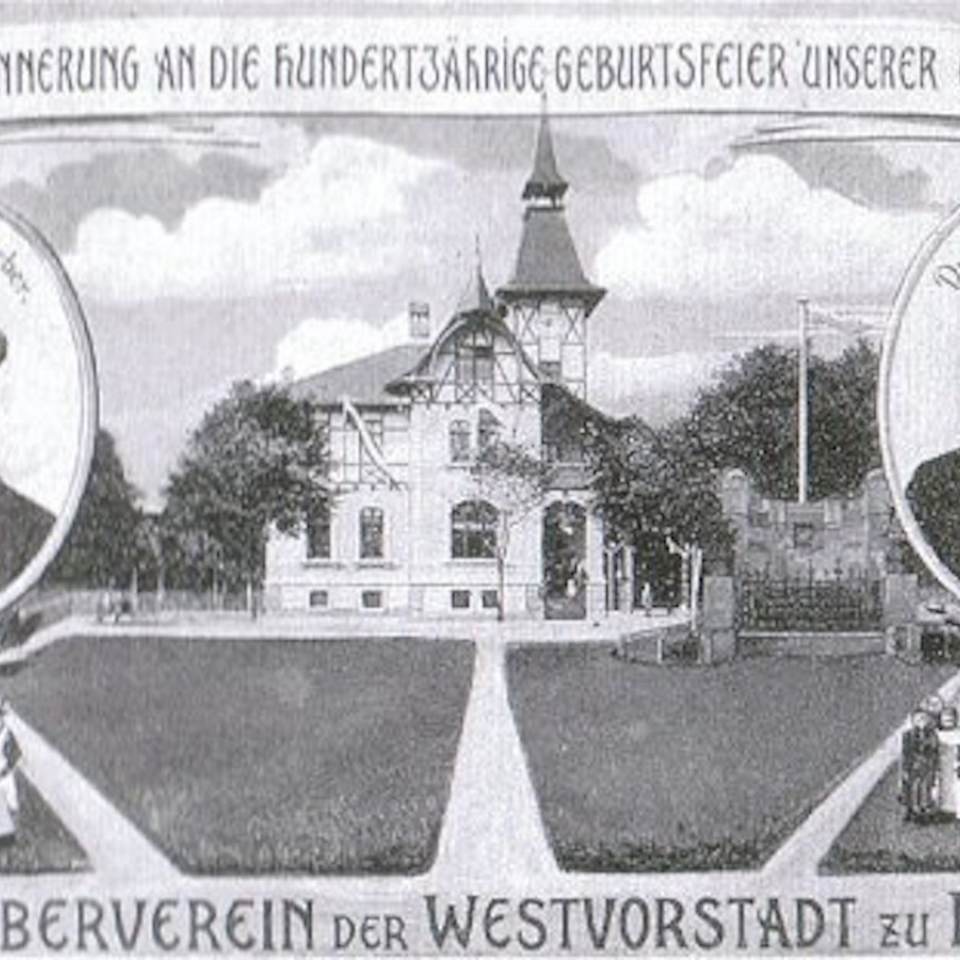
Zrealizowano w ramach stypendium Ministerstwa Kultury i Dziedzictwa Narodowego







